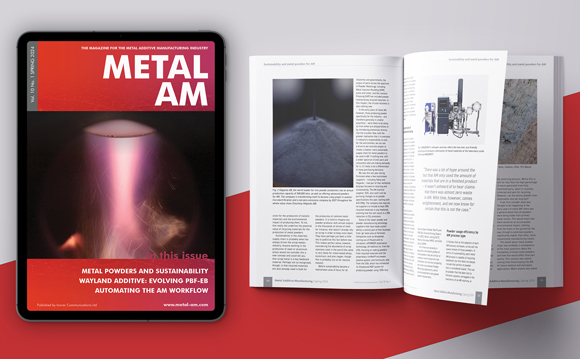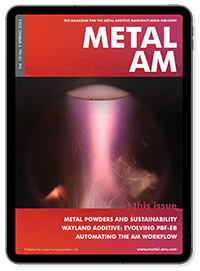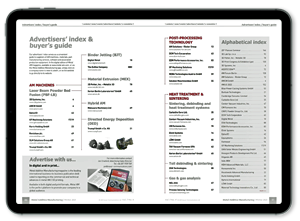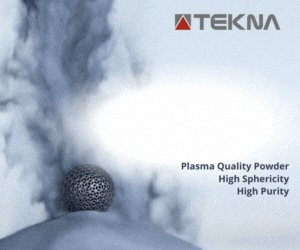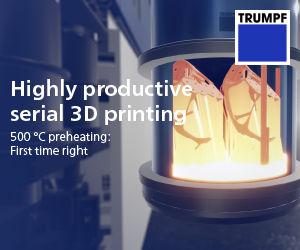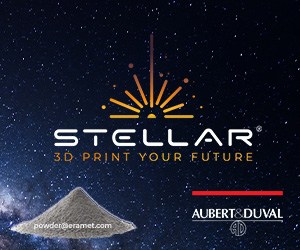Carnegie Mellon University develops machine vision for metal Additive Manufacturing
June 12, 2017
Researchers from Carnegie Mellon University’s Department of Materials Science and Engineering (MSE), Pittsburgh, Pennsylvania, USA, have developed machine vision technology that can autonomously identify and sort metal AM powder types better than humans, the university reports. This system will enable machine users to accurately test and qualify printed metal parts for any number of applications including aerospace and medical devices. The CMU research team expects that this technology will be integrated into the AM field within the next five years.
“In traditional manufacturing, parts are often qualified through destructive testing. A company might produce multiple parts and physically test them to see how they hold up to stress and fatigue. However, that costs a lot of time and money, so it should be avoided in Additive Manufacturing in order to preserve the on-demand nature of 3D printing,” explains Elizabeth Holm, Professor of Materials Science and Engineering, and primary investigator of this research. “We therefore are looking to new qualification concepts like machine learning to guarantee successful 3D printed builds.”
By training a computer to autonomously identify and sort powders, Holm and her team can easily recognise whether or not a metal powder has the microstructural qualities associated with the production of a part with desired properties, such as strength, fatigue life and toughness. Importantly, the machine vision approach is autonomous, objective, and repeatable. This type of standardisation is necessary to advance quality assurance in the field.
In the study, “Computer vision and machine vision for autonomous characterisation of AM powder feedstocks,” Holm and her team applied computer vision and machine learning methods to eight different commercial feedstock powders. They found that the machine vision system captures more about metal AM powder than is possible with normal manual measurement. It can measure important information such as how big particles are, how particles group together, the surface roughness of particles and the shape of particles. The team also found that the technology can tell metal powder types apart even where humans cannot.



